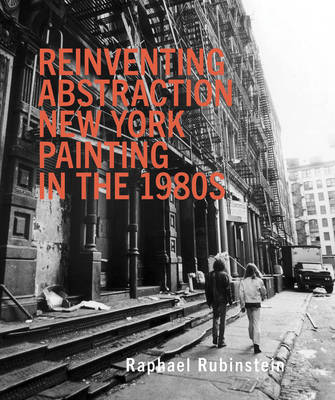
- Afhalen na 1 uur in een winkel met voorraad
- Gratis thuislevering in België vanaf € 30
- Ruim aanbod met 7 miljoen producten
- Afhalen na 1 uur in een winkel met voorraad
- Gratis thuislevering in België vanaf € 30
- Ruim aanbod met 7 miljoen producten
Zoeken
€ 66,95
+ 133 punten
Omschrijving
Reinventing Abstraction looks at 15 painters born between 1939 and 1949: Carroll Dunham, Louise Fishman, Mary Heilmann, Bill Jensen, Jonathan Lasker, Stephen Mueller, Elizabeth Murray, Thomas Nozkowski, David Reed, Joan Snyder, Pat Steir, Gary Stephan, Stanley Whitney, Jack Whitten and Terry Winters. Challenging official accounts of the decade, which tend to ignore the individualistic abstraction exemplified by these painters in favor of more easily identifiable movements and styles, Rubinstein chronicles how, around 1980, a generation of New York painters embraced elements that had been largely excluded from the radical, deconstructive abstraction of the late 1960s and 1970s, which had influenced many of them. In a long, informative essay titled "The Lure of the Impure," Rubinstein seeks to uncover the "street history" of painting, and redress past, sometimes race-based exclusions. Although many of the artists in Reinventing Abstraction are well known, their collective history has not yet been addressed by art history.
Specificaties
Betrokkenen
- Auteur(s):
- Uitgeverij:
Inhoud
- Aantal bladzijden:
- 82
- Taal:
- Engels
Eigenschappen
- Productcode (EAN):
- 9780985141080
- Verschijningsdatum:
- 28/02/2014
- Uitvoering:
- Paperback
- Formaat:
- Trade paperback (VS)
- Afmetingen:
- 305 mm x 353 mm
- Gewicht:
- 907 g

Alleen bij Standaard Boekhandel
+ 133 punten op je klantenkaart van Standaard Boekhandel
Beoordelingen
We publiceren alleen reviews die voldoen aan de voorwaarden voor reviews. Bekijk onze voorwaarden voor reviews.








